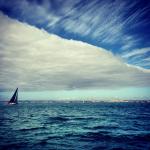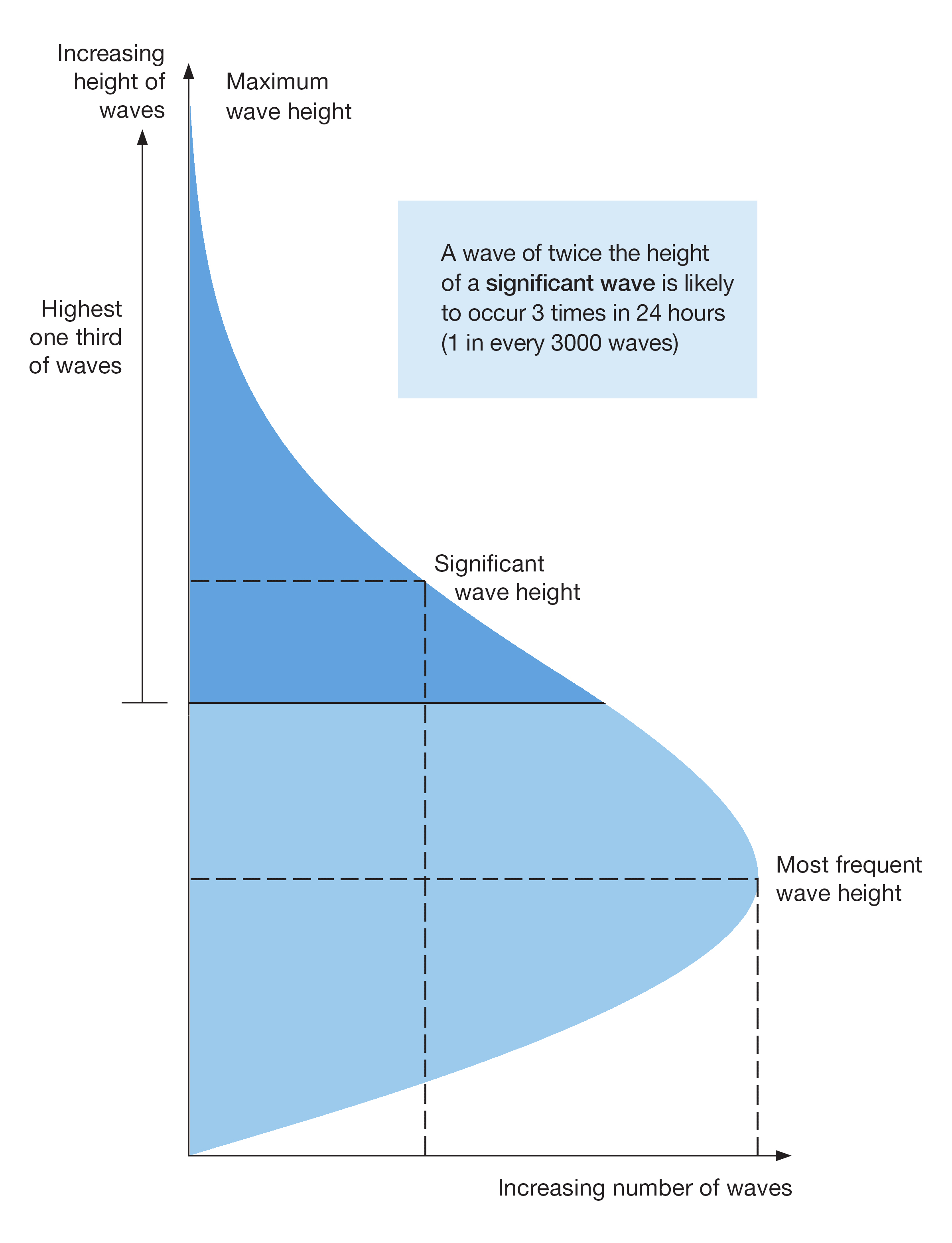Supervising the Supervisor
The next time you are with your family at the beach or community pool or waterpark, check out the quality of the supervision. That’s right; supervise the supervisor. Audit that lifeguard. Here’s what to look for:
The lifeguard is certified. First thing, go right into the front office and ask to see proof that lifeguards are currently certified in Lifeguarding, First Aid, and CPR. If the front office or person in charge cannot show you this proof, report the facility to the county or municipal health department.
The lifeguard is attentive. He or she is actively watching the swimmers, as evidenced by head movement, alert posture, and active enforcement of rules.
The lifeguard is experienced and professional. Talk to the lifeguard (when he or she is not on duty). Ask questions about the lifeguard’s background, training, and experience. For example, ask the lifeguard about his or her background (e.g., How many years as a lifeguard? What certifications he or she has? What specialized training he or she has received?). Ask how new lifeguards are prepared for surveillance duty after being hired there? Ask how often the lifeguards gets together for in-service (on-the-job) training? Answers may vary, but you should come away with a better understanding of the lifeguard’s preparation (or lack thereof) for the job.
The lifeguard is well equipped. Lifeguards these days have flotation and personal protective equipment. Pool and waterpark lifeguards have rescue tubes (long, foam-filled flotation aids complete with shoulder strap and towline). Beach lifeguards use the rescue buoy (a hard plastic, torpedo-shaped flotation aid with molded handles and shoulder strap and towline), rescue board, or rescue craft. Any lifeguard without equipment may not be properly trained, or he or she may be working for an agency attempting to cut corners due to a tight budget or other factors.
The lifeguard remains hydrated. Dehydration affects concentration and attentiveness. Make sure the lifeguards you check out have water and reasonable protection from the sun.
The lifeguard is not distracted. The lifeguard on duty should not be eating, listening to music, reading the paper, doing homework, cleaning up around the facility, talking on the cellphone or texting, talking excessively to guests or coworkers, etc. An on-duty lifeguard should remain focused on the primary responsibility of watching the guests in the water.
The lifeguard has no intrusions. An intrusion is like a distraction, only worse. It is a distraction assigned by the lifeguard’s supervisor. For example, the supervisor may want the lifeguard to watch the pool and make the admission fee or sell junk food at the counter or hose the pool deck. Anytime the lifeguard has two jobs to do at the same time, his or her attention is divided. This is a big problem if one of the duties is guest surveillance.
Lifeguard service is zoned if necessary. In larger facilities, such as beaches, larger pools, waterfronts, and waterparks, the area is divided into overlapping zones with a lifeguard assigned to each zone. Zone coverage ensures the all parts of the swimming area is being supervised.
The lifeguard rotates and takes an hourly break. If two or more lifeguards are on duty, make sure they rotate periodically (like every 15 to 20 minutes) and have a rest break once per hour. Rotating from station to station adds variety to the lifeguard’s job as well as an opportunity to get down, stretch and walk a little, and even take a quick dip in the water. A minimum 15-minute break per hour is recommended.
If too many of these factors are missing, the quality of the supervision may be suspect; take your family elsewhere and for the sake of others bring your concerns to the duty manager and report your concerns in writing to the organisations management. Make sure you request a response also in writing.

















